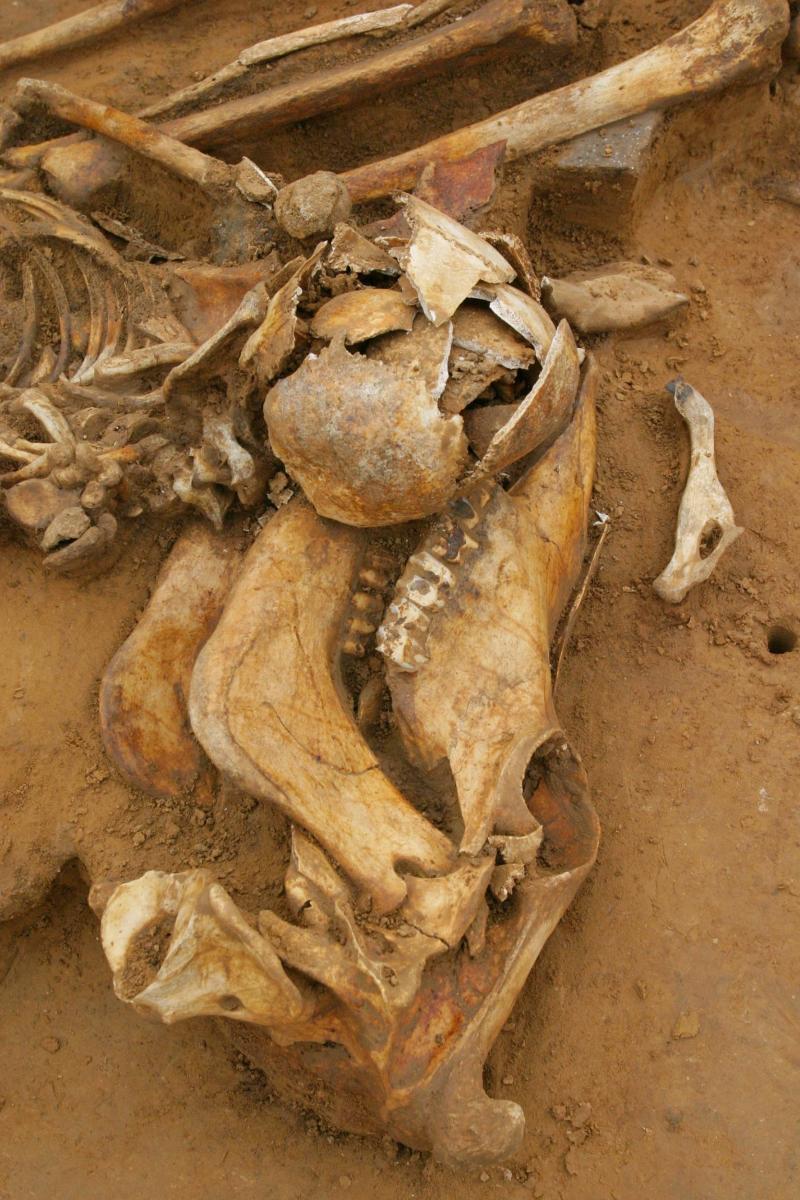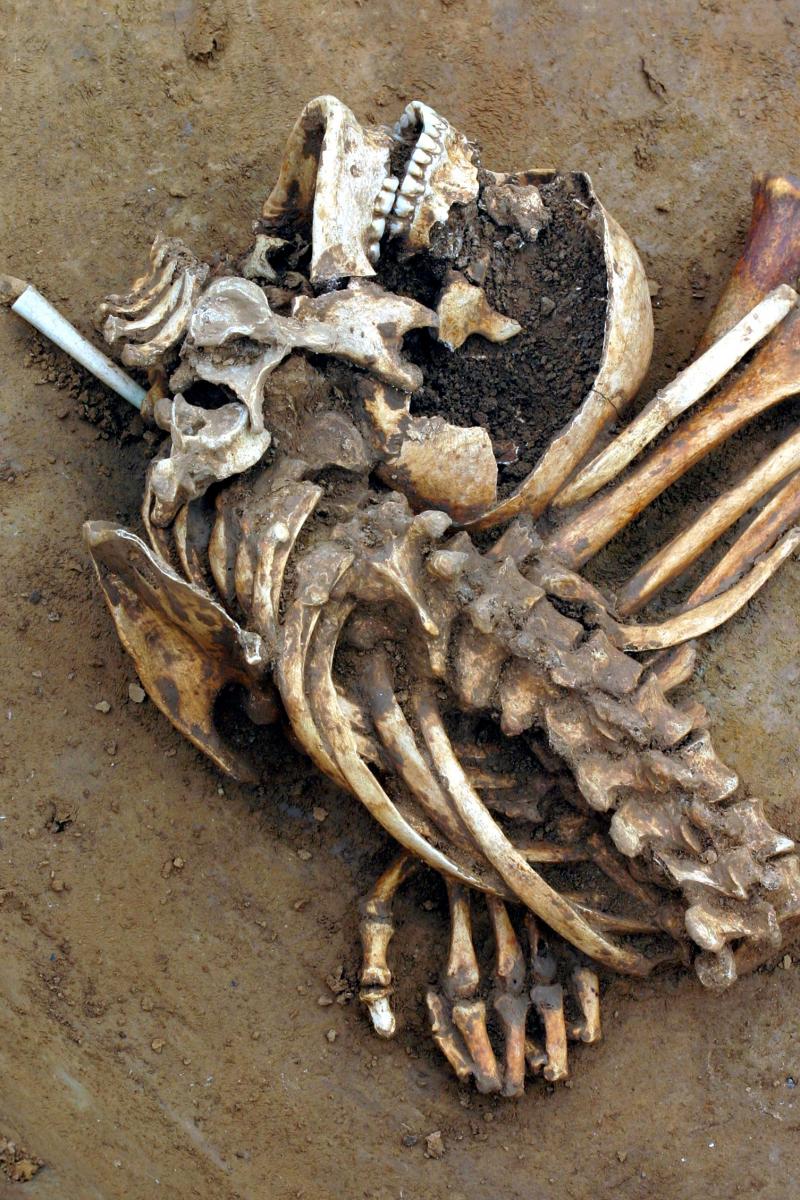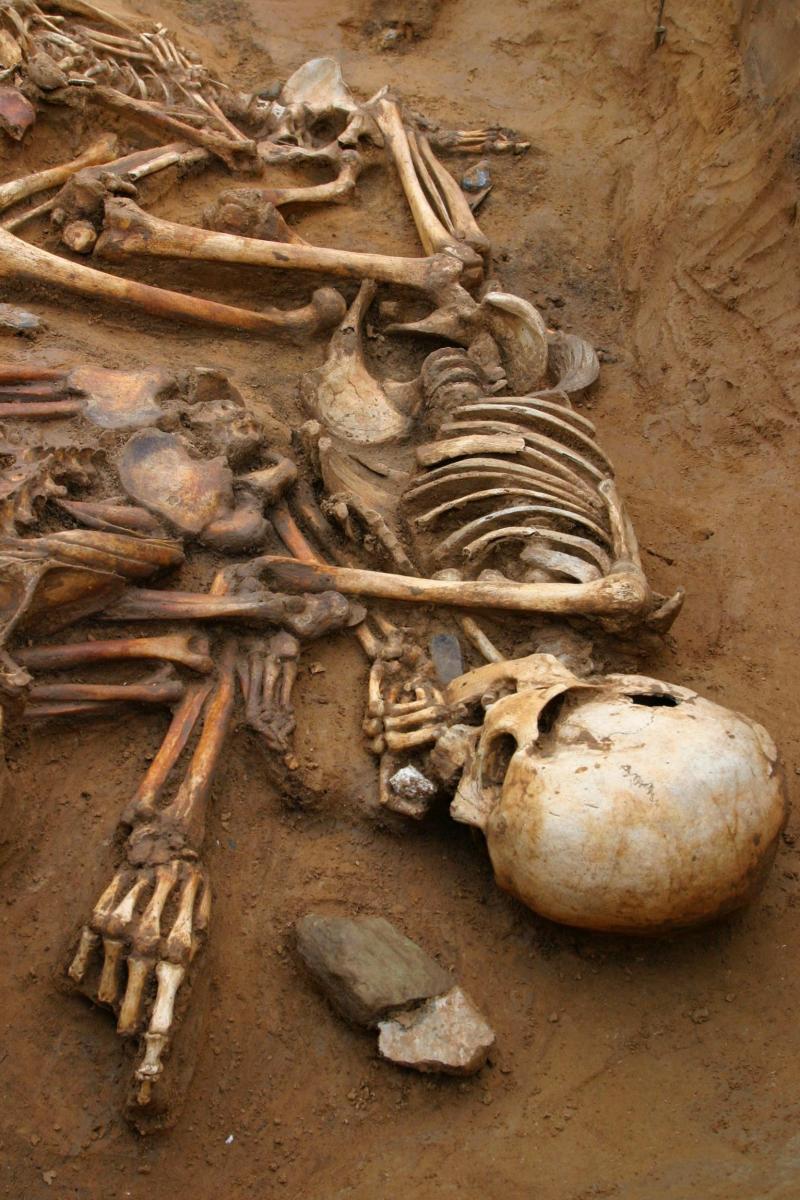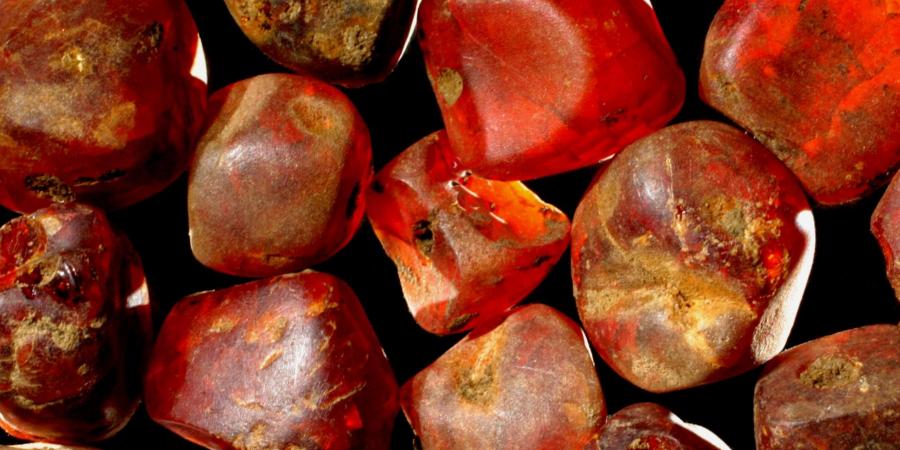In 2004 Wessex Archaeology Ltd. was commissioned by Millwood Designer Homes to excavate land at Cliffs End Farm, Ramsgate prior to housing development.
Earlier investigations had shown that the site had been occupied during the Early and Late Bronze Age (2,400-700BC) and again in the Early Saxon period (AD 410-650).
The extraordinary finds made during the 2004-5 excavations have allowed archaeologists at Wessex Archaeology to rethink the movement of people between this part of Kent and Continental Europe during the Bronze Age and Iron Age. Support from English Heritage has enabled an extensive radiocarbon dating programme and isotope analyses to be undertaken. These have produced some surprising results which shed new light on occupation, mortuary rites and the movement of people during later prehistory.
The site is located on the southern edge of the Isle of Thanet, roughly 300 m from the shoreline in the north-west corner of Pegwell Bay. The excavation uncovered six round barrows, Bronze Age enclosures, and an Anglo-Saxon cemetery and settlement.
A later prehistoric midden pit and an enigmatic large mortuary feature in use during the Bronze Age and Iron Age, which contained an extraordinary series of deposits of human remains (complete in situ burials, placed groups of articulated bones, as well as disarticulated remains), accompanied by complete or near-complete carcasses of animals (lambs, horse, cattle), and some placed artefacts.



A number of mortuary rites were observed, which included corpse manipulation, use of communal and individual graves, human and probably animal sacrifice, excarnation with manipulation and redeposition of partially articulated body parts, and curation of individual skeletal elements. The extensive programme of radiocarbon dating and isotope analysis, generously funded by English Heritage, further light has been shed on these complex deposits by providing a robust and precise chronology.
Strontium- and oxygen-isotope analyses revealed evidence for migrations from the Western Mediterranean and ‘Scandinavia’; locals from Kent were also represented in the assemblage. These long distances are made all the more remarkable as they were undertaken when some of the individuals were between the ages of three and twelve. These individuals were dated to the Late Bronze Age, Early and Middle Iron Age suggesting that the importance of the Cliffs End site persisted.
An early 6th to late 7th century Anglo-Saxon cemetery was established on the site. Grave goods included brooches, beads, a pin and weapons (spears, a sword, two shields and a seax). Several lines of Middle Saxon pits, some of which contained large deposits of marine shell, were dug across the southern portion of the site appearing to delineate boundaries, but no associated structural evidence survived.

Read the publication for free
Associated links
British Archaeology July/August edition 131
